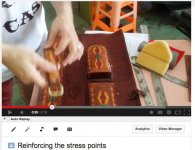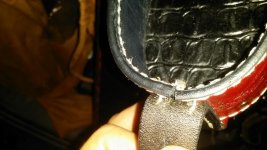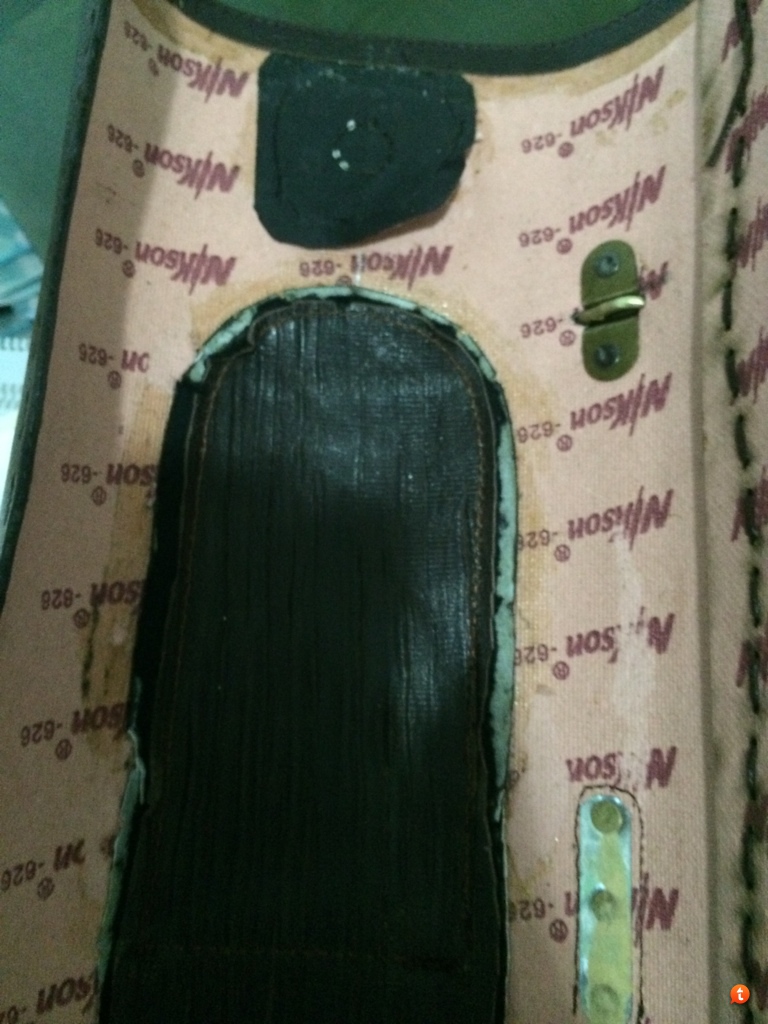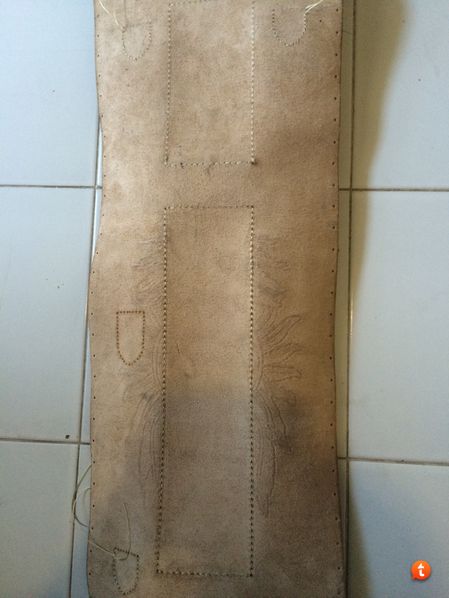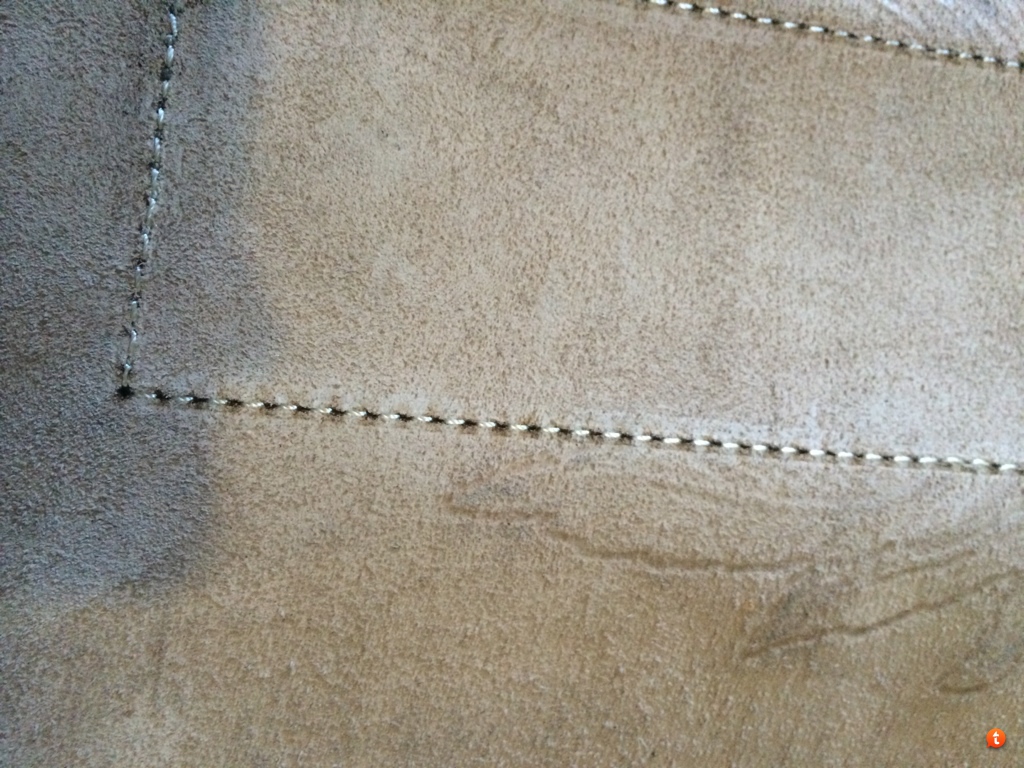Fiber Board Backing. Again.
So here is an image of one of our cases that has been disassembled by a competitor.
It is a good example of using modern material to supplement the leather.
The case in the center is a similar case as the one which is disassembled above.
It is made of brown nappa leather and a crocodile print. Nappa is wonderful soft leather used in upholstery, handbags and clothing mainly. Prints are generally top grain or splits which have been given a surface treatment to look like exotic leathers. They are used extensively through the world to give the appearance of wild animals or even just funky cool patterns.
In order to use these leathers on a pool cue case sometimes they have to be backed so that the material won't be stressed out and able to handle the stresses with the use of a cue case.
We take a lot of pride in doing whatever it takes to use the leathers we find interesting and which our clients like. This means we will always back any leather that needs it with space age materials developed by billion dollar companies for hundred billion dollar industries.
Now looking at this picture again I want to point out several major points as you look at the case in the center above and the backside of it's twin.
1. The magnetic puzzle latch you see at the top is composed of several magnets which surround the circle. That circle is riveted through the body and then sewn through a piece of plastic that is laid on top of the fiber board. This puts two layers of stiffness between the nappa leather covering and the backside of the case. This is done so that the male latch part on the body can easily hold the weight of the case for decades to come.
2. The pockets on this particular case are sewn INSIDE the body. In order to do that we sew a bottom piece of leather to the pocket and thus create two layers UNDER the main body piece for extra strength and durability. You can see this by looking closely at the pocket on the back.
3. The D-ring holders are riveted thourgh the fiber board adding to the strength and durability of that part. This insures that they are as strong as using thicker veg tan and possibly stronger since the fiber board isn't subject to deterioration and rot like the leather is.
4. The handle strap is riveted though the leather, through the fiberboard and then through a piece of sheet metal for extra strength. BUT even that isn't good enough for us we then sew the leather down through the fiberboard.
So in the end this is leather PLUS extra strength. The customer gets a gorgeaus case with a funky design because we are always looking for ways to build these cases that go well beyond surface decoration.
The maker who took this case apart can learn a lot about building a better case if he chooses to apply what he sees.
High end cue case making is not about making pretty cases for the immediate WOW factor. it's about building heirloom quality leather goods that will last a lifetime.
Of course we also build the same level of quality and durability into the low priced cases we make as well. All of our Rugged nylon cases are just as durable because we employ whatever methods we need to in order to achieve the same goal, cases that don't fall apart.
Bonus: Here is a quick video I shot to illustrate why we back some leathers and not others.
https://www.youtube.com/watch?v=CULfisk4Uo4






